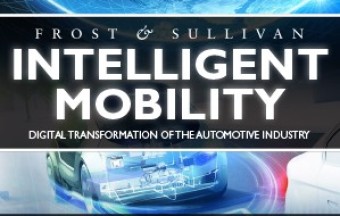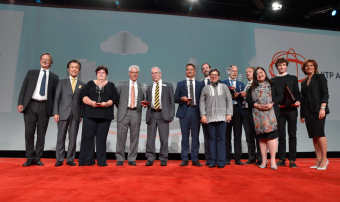Ruling by New York State court: “Uber drivers are employees”
Uber’s very bad year just got a little worse, reported Crain’s New York. An administrative law judge upheld a state Department of Labor ruling that three former Uber drivers were employees, not independent contractors. The decision was announced June 13, the same day that the embattled ride-hail giant’s tarnished CEO said he was taking a leave of absence.
The Department of Labor ruled last October that the drivers were eligible for unemployment insurance benefits. Uber plans to appeal the latest decision, but if it stands it could mark a major blow to Uber’s economic model. The e-hail service classifies drivers as contractors, which exempts the company from having to pay into the state’s unemployment insurance fund. Uber has more than 50,000 drivers in New York.
The latest ruling marks another victory for the New York Taxi Workers Alliance, which had filed a federal lawsuit against Gov. Andrew Cuomo and the Department of Labor after the drivers’ unemployment claims were initially held up for “executive review.” According to the alliance, once the lawsuit was filed, the Department of Labor began a review of the claims and found for the drivers. In overruling Uber’s objections to that decision, Judge Michelle Burrowes of the Unemployment Insurance Appeal Board said in her June 9 order that in addition to the three former drivers, “all others similarly situated” at Uber were also entitled to employee benefits from the company, going back to January 2014.
“We believe this affects all Uber drivers in the state of New York and will have a significant effect on other pending cases,” said Nicole Salk, staff attorney for Brooklyn Legal Services, which represented the three drivers. “Moreover, the Department of Labor must consider this decision for all new unemployment insurance claims by any Uber driver going forward.”
Salk said there were more than a dozen other pending hearings in which the Department of Labor has found that Uber drivers were employees and which Uber has appealed.
“The message here is simple,” said Bhairavi Desai, executive director of the Taxi Workers Alliance, in a statement. “If you’re going to control the workers to maximize your profits off their labor, you owe them their rights and benefits under the law.”
The three drivers—Levon Aleksanian, Jeffrey Shepherd and Jakir Hossain—have already received their benefits. But it may be a while before Uber starts contributing to the state unemployment insurance fund.
Uber has until June 29 to file its appeal. Once the Appeal Board renders a decision, the next stops could be the Appellate Division of the state Supreme Court and, from there, the New York Court of Appeals.
Read more:
- Bhairavi Desai: “You owe drivers rights and benefits.”









